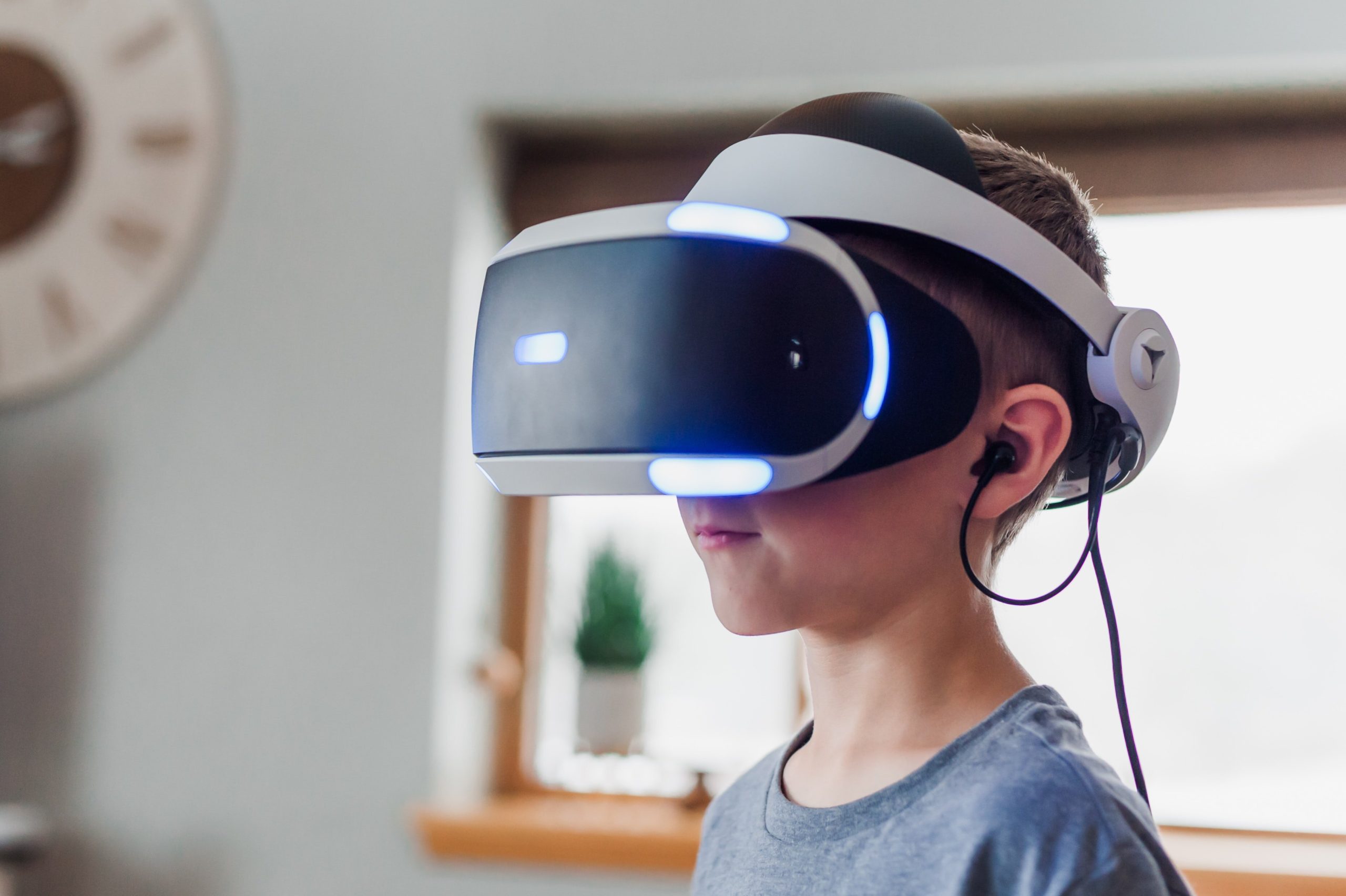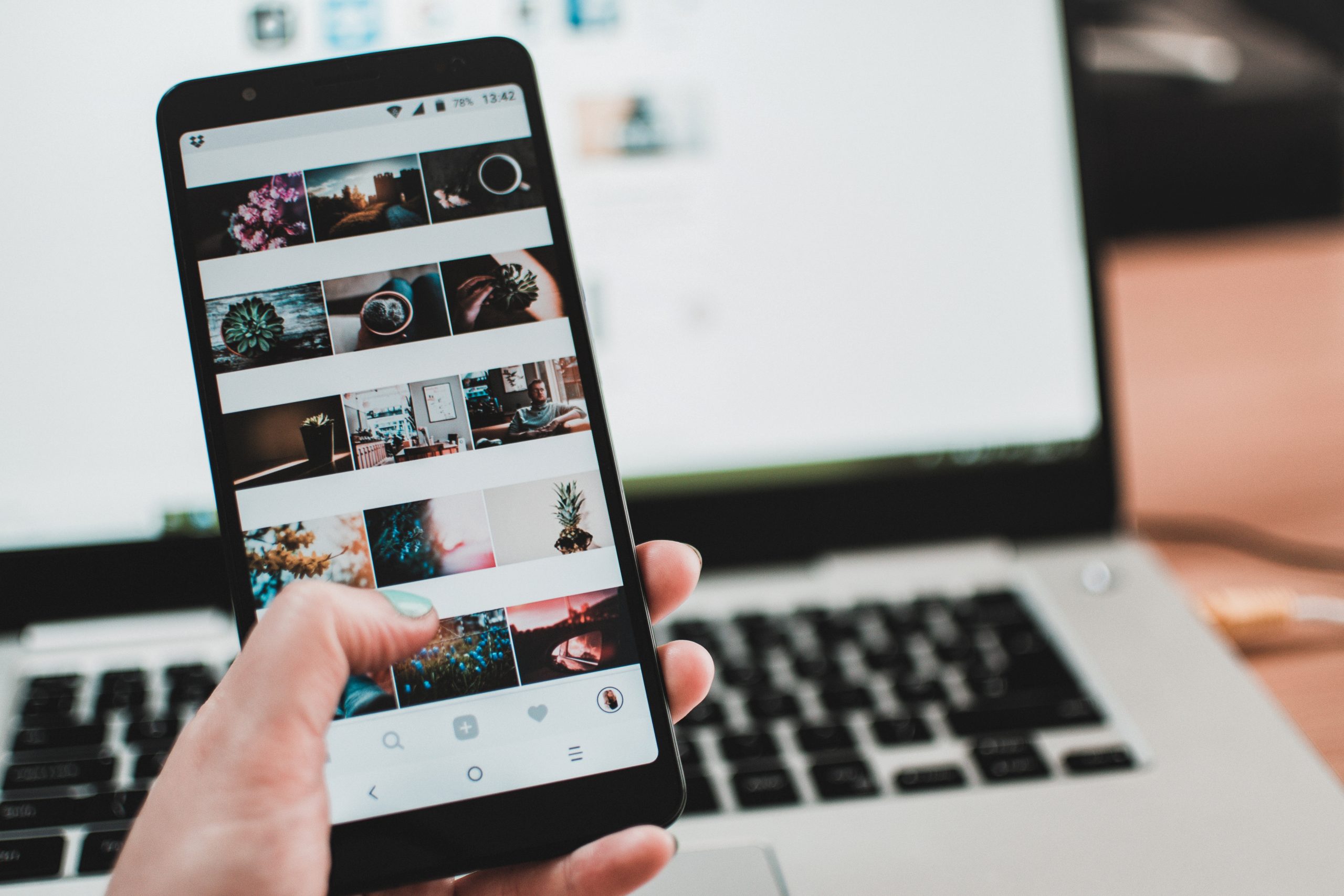Introduction
Welcome to a new era of technology that is revolutionizing the way we view and interact with the world around us. Virtual reality has emerged as a powerful tool for social change, allowing individuals to step into alternate realities and experience new perspectives in ways never before possible. As immersive technology continues to evolve and shape American society, it’s becoming increasingly clear that VR has immense potential to transform our understanding of complex issues like racism, inequality, and systemic injustice. In this blog post, we’ll explore how virtual reality is being used as a force for positive change in our communities today and discuss its implications for shaping the future of America. Get ready to dive headfirst into an exciting world where anything is possible – let’s explore the power of virtual reality!
The Role of Virtual Reality in Social Change
Virtual reality (VR) has the potential to be a powerful tool for social change, particularly in the areas of education, communication, and storytelling. In education, VR can help students learn by imagining themselves in new situations or environments. Communication through VR can allow people to share experiences and emotions in a way that is more authentic and engaging. Stories through VR can provide a sense of empathy and understanding that might not be possible when experiencing them firsthand.
There are many potential applications for VR in social change, but one of the most important is its ability to break down barriers and connect people from all walks of life. For example, refugee camps could use VR to teach basic civics and English classes to children while their parents are working or studying elsewhere. This would help refugees assimilate into society more quickly and build support networks within their community.
Another application for VR in social change is addiction treatment. With treatments like virtual reality therapy (VRT), patients can experience different scenarios that illustrate the negative consequences of substance abuse without actually having to live with those consequences themselves. VRT has been shown to be an effective way to reduce cravings, alcohol withdrawal symptoms, anxiety, stress levels, and overall relapse rates in patients who are seeking treatment for addiction.[1]
VR also has the potential to positively impact mental health conditions like anxiety and depression by providing Patients with access to treatments that they may not typically feel comfortable accessing due to location or time restrictions. For example, CBT using virtual
Examining the Potential for Virtual Reality to Impact Criminal Justice
Virtual Reality has the potential to impact criminal justice in a number of ways.
First and foremost, VR can be used as a tool for mental health rehabilitation. It has been shown to be an effective way to help people overcome fear, anxiety, and depression. In addition, VR can also be used as a way to educate criminals about the consequences of their actions. For example, someone who has committed a crime can be taught about the effects of addiction, homelessness, and parole revocation through VR.
VR also has the power to change how we view crime. For example, one study showed that participants who viewed violent crimes committed by criminals in VR felt more empathy for those criminals than those who viewed the crimes without VR. This empathy could lead to different approaches to rehabilitation and punishment for criminals.
Overall, virtual reality has the potential to impact criminal justice in many ways. It can help rehabilitate offenders and change how we view crime.
Examining the Potential for Virtual Reality to Impact Healthcare
Virtual reality has the potential to impact healthcare in a variety of ways. It can be used as a tool for social change by helping people feel more connected to others and their surroundings. Additionally, virtual reality can be used to provide educational experiences that teach about medical procedures or diseases. Virtual Reality has the ability to create empathy in users which can help them understand disease processes better. Additionally, virtual reality can be used as a training tool for doctors and nurses, helping them learn new techniques or jobs. Lastly, virtual reality can be used to help patients cope with difficult treatments such as chemotherapy or surgery.
Implications for Social Change from Immersive Technology
Virtual Reality has the ability to create an immersive environment that allows users to experience events, situations, or objects in a way that is different from their everyday reality. This technology can be used for a variety of purposes, including social change.
One way virtual reality can be used for social change is by creating educational experiences. For example, the VR Education Lab at the University of Southern California (USC) uses virtual reality to teach students about ancient civilizations. They use 3D models and 360 degree videos to give students a more immersive experience and help them learn about history in a new way.
Another example of how virtualreality can be used for social change is by increasing empathy and understanding. The Human Rights Campaign (HRC) has created several VR experiences focused on human rights issues such as immigration and health care access. These experiences allow users to feel like they are in the situation, which can help them develop an understanding of the issue and see ways to advocate for change.
Overall, virtual reality has the potential to be powerful tool for social change because it can provide users with a new perspective on difficult topics and help them understand issues from different angles. It is also possible to create educational experiences that help people understand complex issues in a more engaging way.
Conclusion
Virtual reality is an immersive technology that has the potential to significantly change how people interact with each other and their environment. It can help people access information and experiences unavailable to them in the real world, which can catalyze social change. In this essay, I will examine a few examples of how virtual reality has been used as a tool for social change, highlighting its power to create empathy and understanding between different groups of people. I believe that VR has the potential to play a significant role in shaping American society, and I hope that this essay contributes to furthering its acceptance Topic: Examining The Relationship Between Body Image And Eating Disorders Conclusion Paragraph: In today’s society, it seems like there is an endless barrage of messages telling girls and women everywhere what they should look like. Everywhere you turn it seems like someone is promoting some kind of extreme diet or exercise program as the only way to achieve “perfect” body image. Sadly, many young girls develop eating disorders as a result of feeling pressure from outside forces to conform to unattainable beauty standards. While not every girl who struggles with her weight falls victim to an eating disorder, it is clear that there is a strong correlation between body image dissatisfaction and negative eating habits. As we continue strive for positive body image lifestyles among all genders we must be openminded about the ways in which our culture promotes thinness – while also advocating against disordered eating habits







